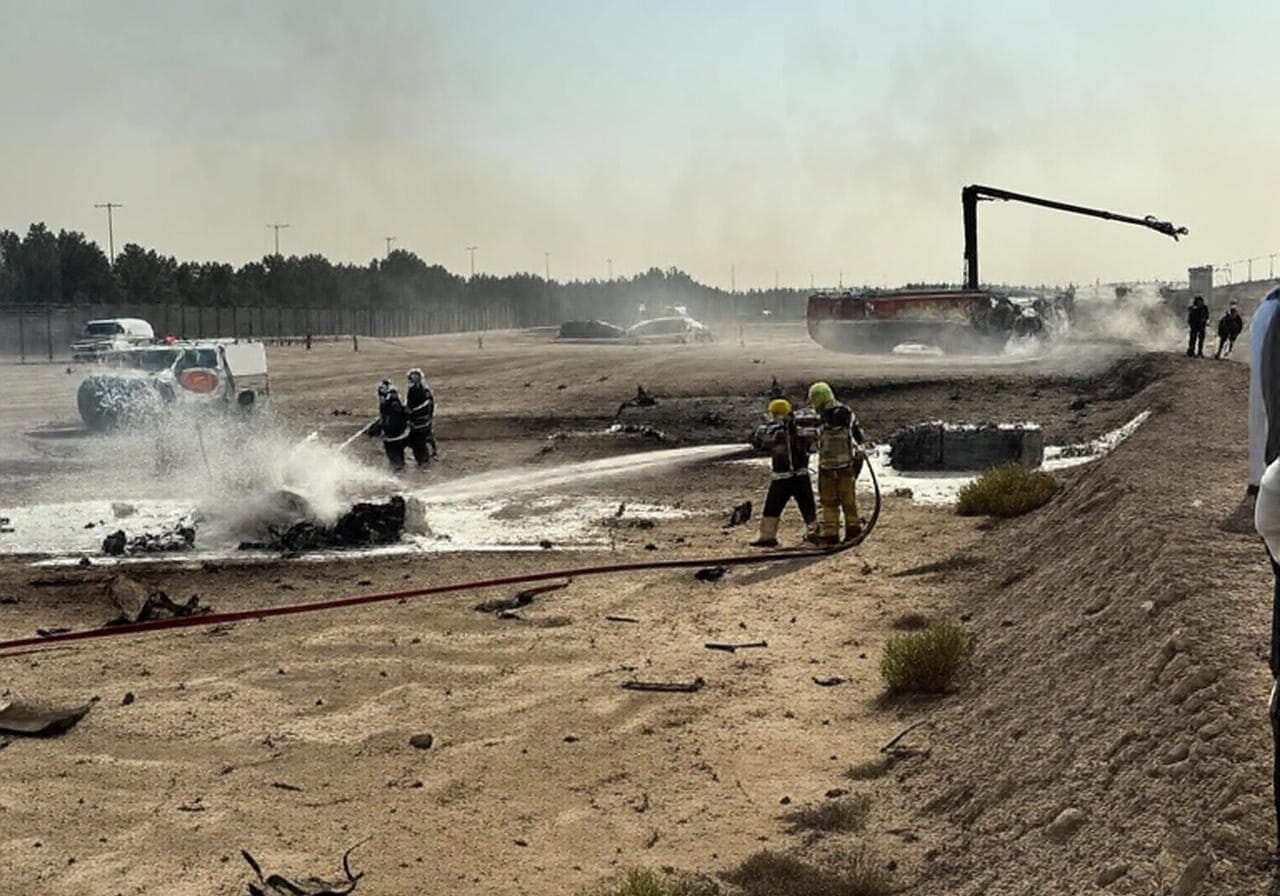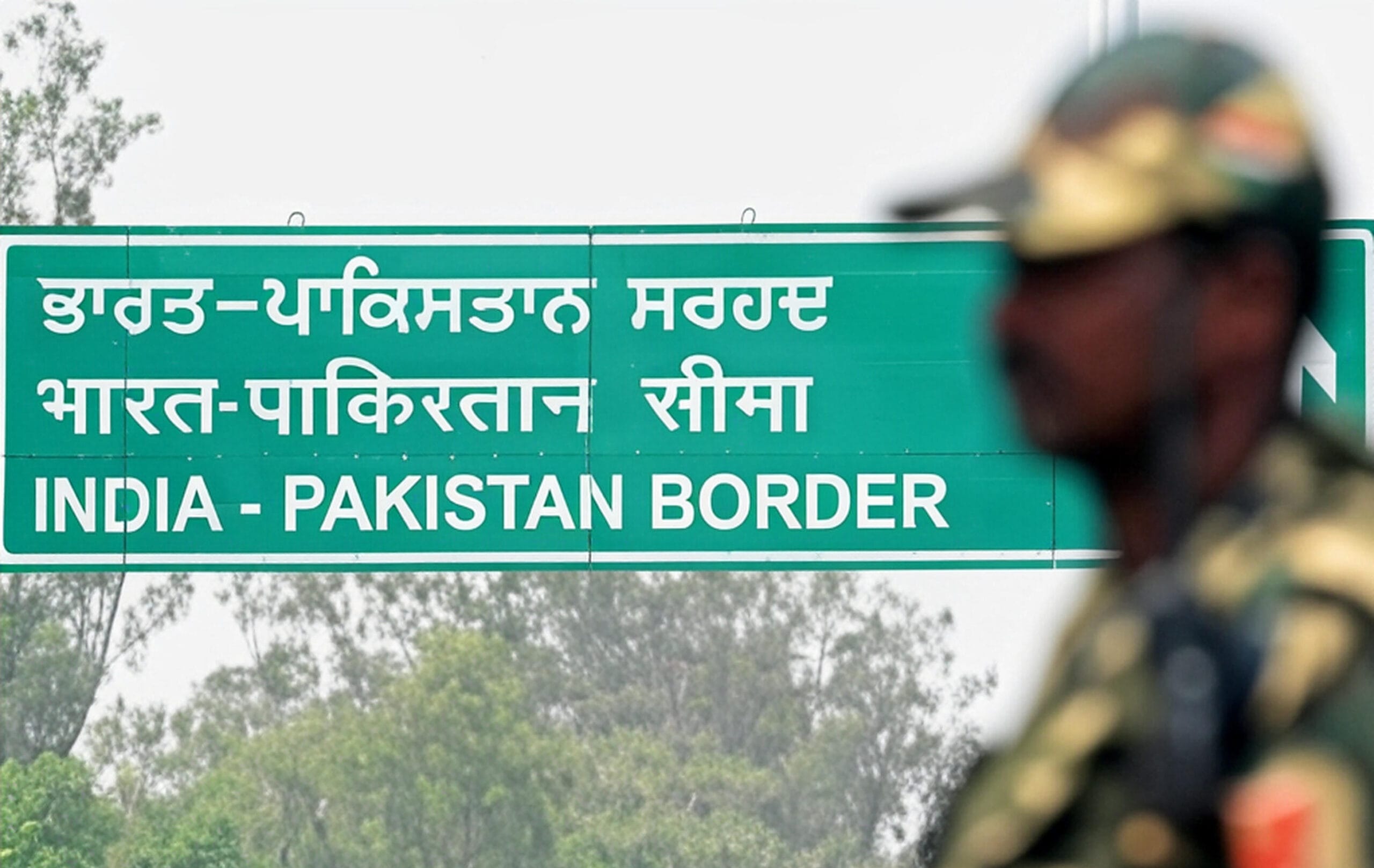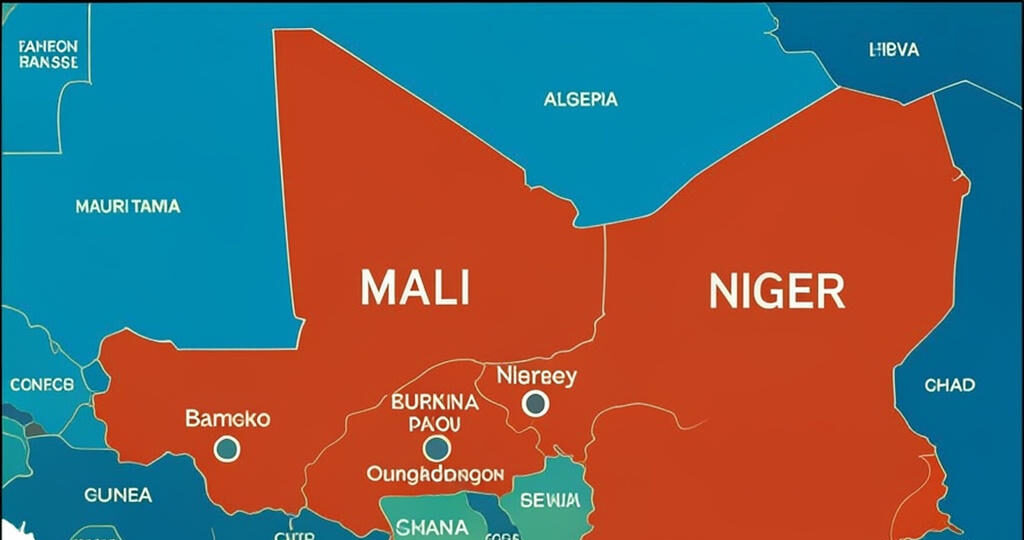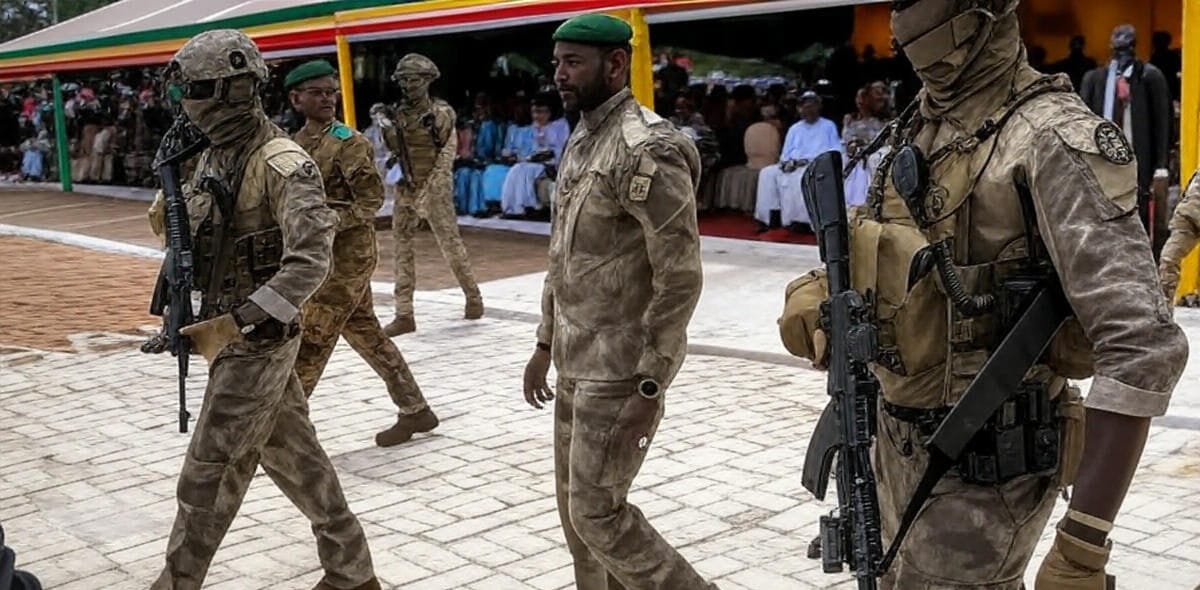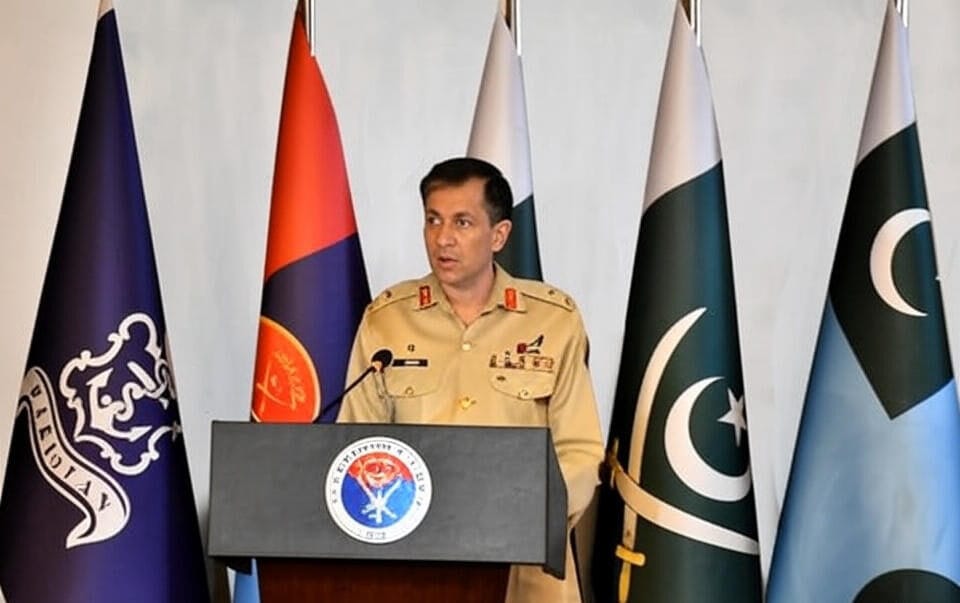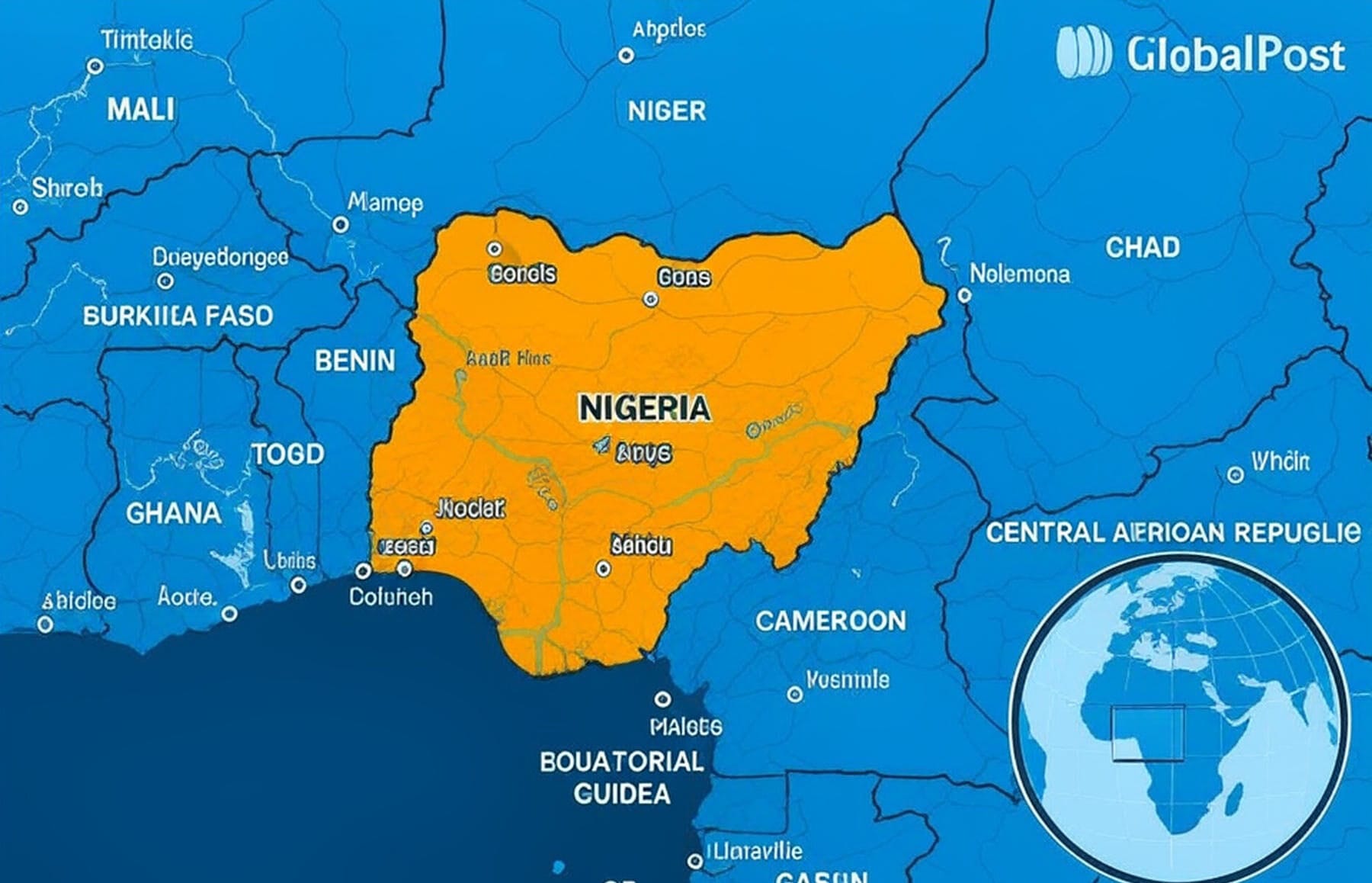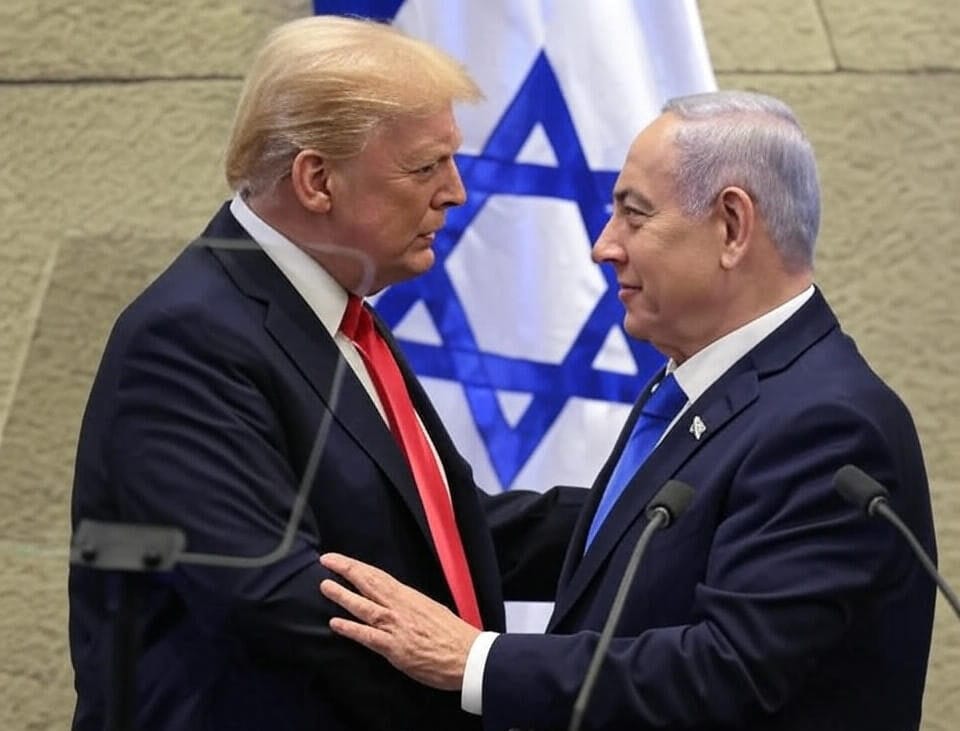
In a historic breakthrough amid the ongoing Israel-Hamas conflict, a ceasefire agreement effective October 14, 2025, has facilitated the safe release of hostages held in Gaza, igniting hope for peace after over two years of relentless violence. Brokered through tireless diplomatic efforts involving the United States, Egypt, and Qatar, this accord halts hostilities and enables critical humanitarian aid, potentially laying the groundwork for lasting stability in the Middle East. Emotional reunions at Jerusalem’s Hostages Square underscored the human impact, while global leaders hailed the milestone. This comprehensive article delves into the ceasefire’s origins, execution, global reactions, and future implications, positioning itself as a premier source for Gaza ceasefire updates, hostage release news, and Middle East peace developments. Optimized for search engines with keywords like Israel-Hamas truce details and Gaza diplomatic efforts, this 800-word analysis draws from verified sources to inform and engage readers.
Ceasefire Origins and Conflict Background
The Israel-Hamas war, ignited on October 7, 2023, by a Hamas-led attack killing approximately 1,200 Israelis and abducting over 250 individuals, triggered a devastating Israeli response in Gaza. Reports from Gaza’s Health Ministry indicate over 42,000 Palestinian fatalities, with infrastructure collapse and famine risks prompting global outcry. Previous truce attempts, such as the November 2023 exchange freeing 105 hostages, collapsed due to mutual distrust. The current agreement, finalized in 2025, reflects intensified mediation amid economic pressures and international fatigue, amplified by disruptions like Red Sea shipping delays.
Diplomatic Milestones Leading to the Accord
The path to this ceasefire involved complex negotiations:
- Early Efforts: U.S.-led talks in 2023 achieved partial releases but lacked permanence.
- Regional Mediation: Egypt and Qatar hosted indirect discussions, bridging ideological divides.
- 2025 Breakthrough: Incentives like aid commitments and security assurances, bolstered by U.S. leadership under President Donald Trump, finalized the deal.
These milestones highlight the persistence required to navigate entrenched animosities, setting the stage for the October 14 agreement.
Execution of the Hostage Release
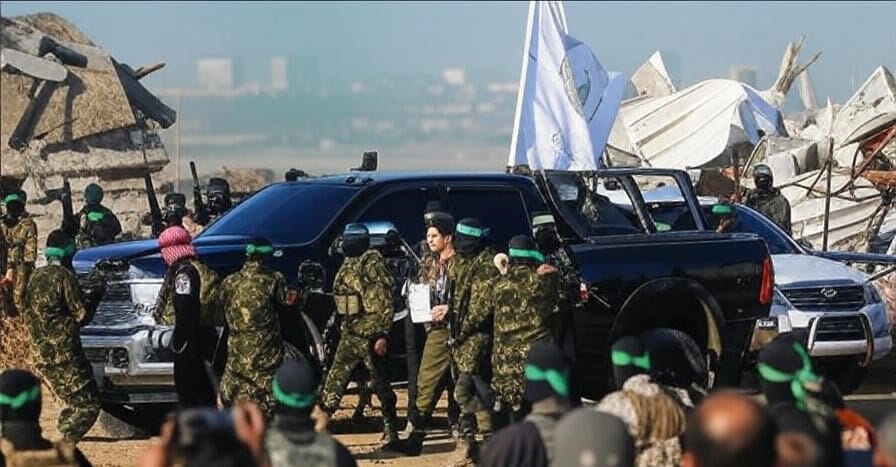
The ceasefire’s first phase commenced seamlessly on October 14, 2025, with the International Committee of the Red Cross (ICRC) overseeing hostage transfers at the Kerem Shalom crossing. Released captives, many enduring harsh conditions in Hamas tunnels, received immediate medical attention in Israeli hospitals. Scenes of families reuniting in Jerusalem captivated global audiences, symbolizing a rare moment of relief.
Ceasefire Terms and Implementation
The agreement outlines a structured framework:
- Initial Pause: A 42-day suspension of airstrikes, artillery, and ground operations, with phased Israeli troop withdrawals.
- Hostage Releases: Up to 33 hostages freed initially, prioritizing women, children, and the elderly, in exchange for 1,000 Palestinian prisoners.
- Humanitarian Aid: Daily convoys of 500 trucks delivering food, medicine, and fuel to address Gaza’s 90% food insecurity rate, per UN data.
- Monitoring: Joint U.S., Egyptian, and Qatari committees ensure compliance via satellite surveillance and inspections.
No major violations were reported on day one, though minor northern Gaza skirmishes tested the truce’s resilience, underscoring the need for vigilant oversight.
Global Reactions and Diplomatic Impact
World leaders swiftly endorsed the ceasefire, reflecting its geopolitical significance. U.S. President Donald Trump, a key mediator, described it as a “tremendous day for the Middle East,” emphasizing an end to “generational feuds” during a White House address. Indian Prime Minister Narendra Modi expressed support, stating, “This step toward peace strengthens global stability,” aligning with India’s balanced diplomacy. EU High Representative Josep Borrell urged sustained aid, while UN Secretary-General António Guterres estimated $50 billion for Gaza’s reconstruction, highlighting the health system’s collapse.
Broader Implications for the Region
The ceasefire carries profound implications:
- Immediate Relief: Reduced violence enables aid, averting famine risks.
- Economic Stabilization: Restored trade routes could ease regional economic pressures.
- Long-Term Peace: Successful implementation may inspire broader Arab-Israeli dialogues.
These outcomes hinge on sustained compliance, with analysts warning of fragility without robust enforcement.
Future Prospects and Challenges
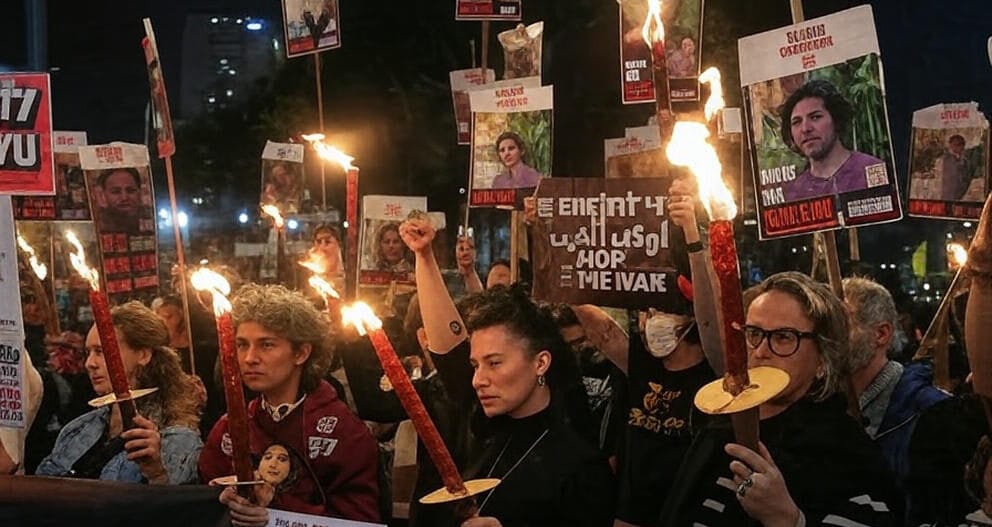
The ceasefire’s success depends on addressing ongoing challenges, including Hamas-Israel distrust and Gaza’s humanitarian crisis. The UN and NGOs advocate for permanent reconstruction mechanisms, while Israeli officials stress security guarantees. Hamas’s framing of the deal as a “strategic victory” contrasts with Prime Minister Benjamin Netanyahu’s “bittersweet” characterization, reflecting domestic pressures.
Strategies for Sustained Peace
Proposed measures include:
- International Oversight: Expanded UN monitoring to prevent violations.
- Economic Investment: Donor pledges for Gaza’s rebuilding, targeting $50 billion by 2030.
- Dialogue Platforms: Regular Cairo/Doha summits to maintain momentum.
These steps aim to transform the ceasefire into a durable peace framework, reducing the risk of renewed conflict.
A Step Toward Healing and Stability
The Gaza ceasefire and hostage release on October 14, 2025, mark a critical juncture for the Middle East, offering respite to war-torn communities and a chance for diplomatic progress. As investigations into its longevity continue, stakeholders must prioritize reforms and aid to honor the affected families. Stay updated with newsflayer.com for real-time Gaza ceasefire news and expert insights. Share your thoughts in the comments to join the conversation on this historic development.
